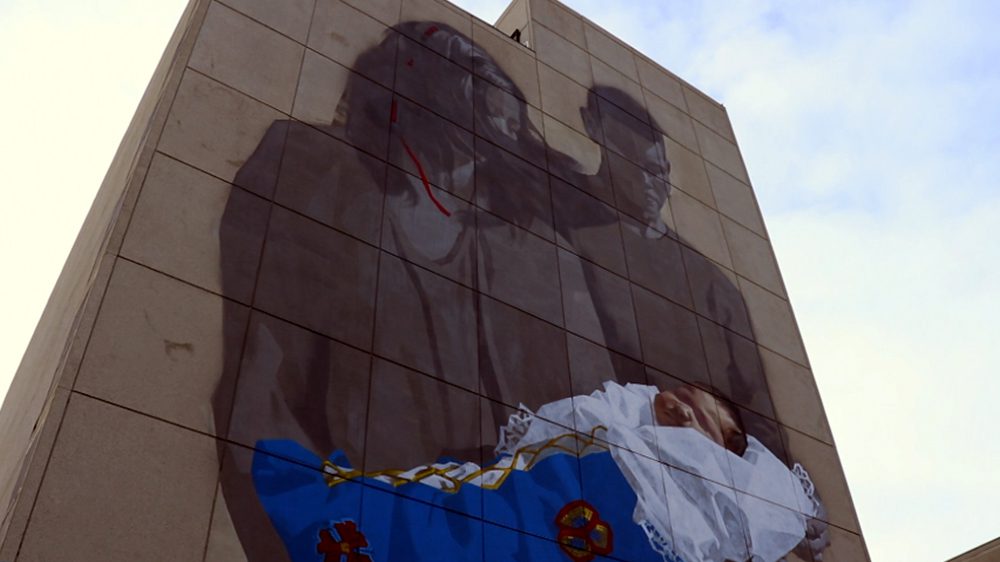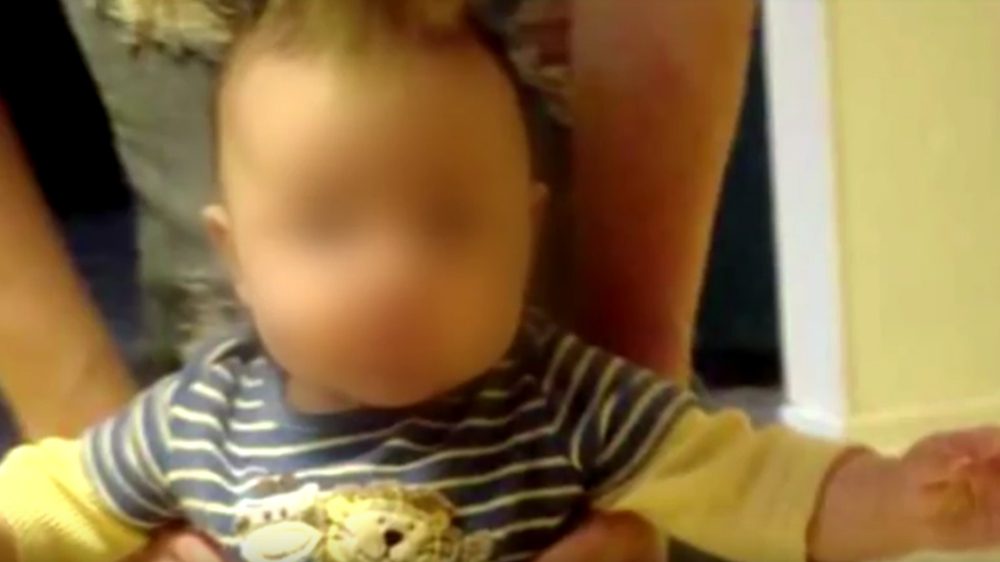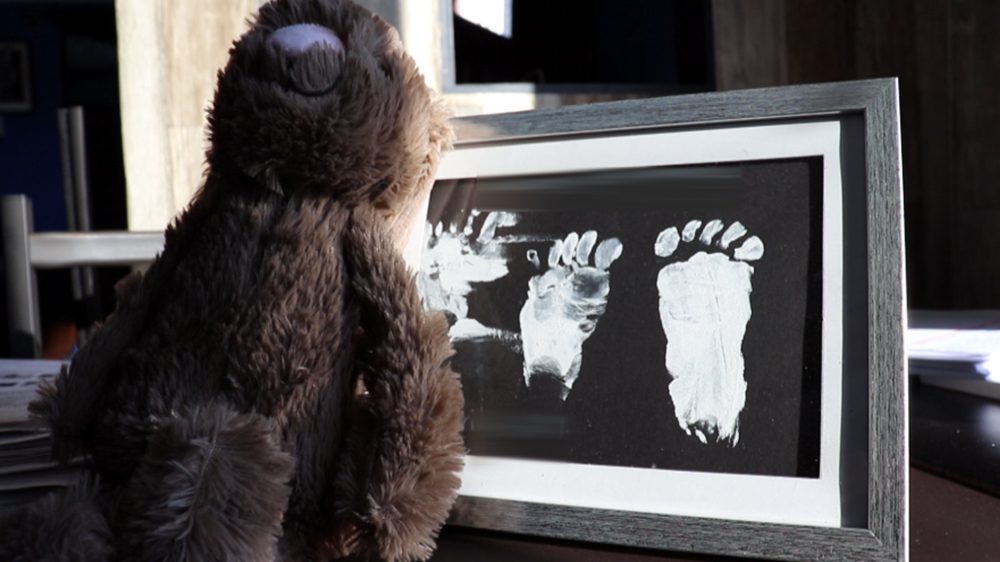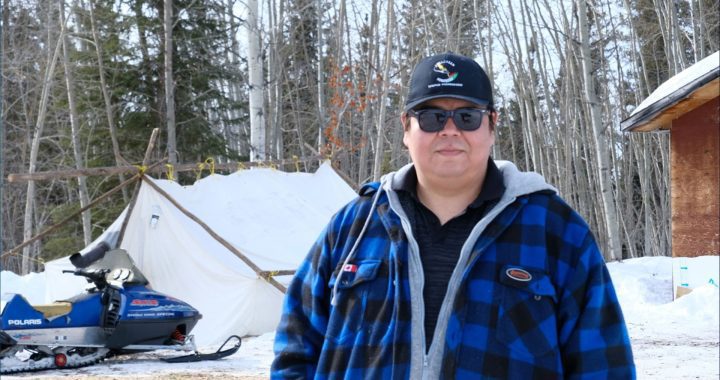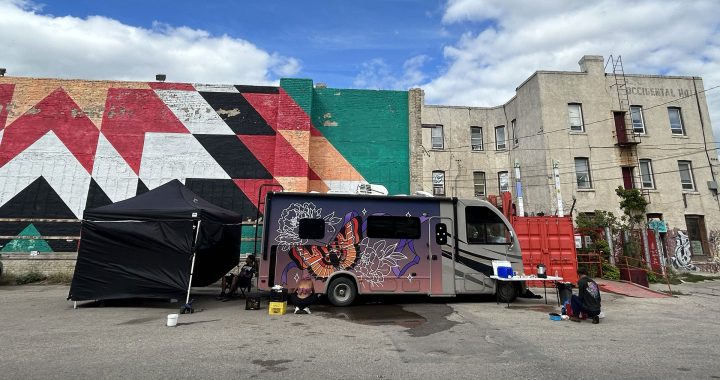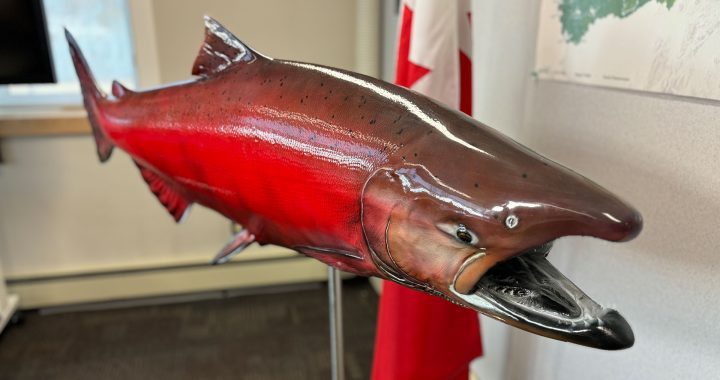Two hundred forty two. That’s the number of children who died while in close connection to Saskatchewan’s child welfare system between 2008 and 2018.
When APTN Investigates first started looking into the number of deaths in care throughout the province, we were originally told by the provincial government that only 38 children had died over that same time period. Turns out it’s all about how you ask. The original number the province provided only took into account the children who were technically “in care” at the time of their deaths – in arrangements such as foster care or group homes.
In Saskatchewan as well as most of the country, “in care” is defined as: children or youth who are in care via a voluntary agreement, with a legal status of apprehended or through a temporary court order or long term or permanent wardship. The original number didn’t take into account the more than 200 other children who had died with close ties to the province’s Ministry of Social Services – or more specifically within 12 months of accessing services from their staff.
And this is where most of the deaths occur: children or youth who are in “receipt of services” from the ministry within a 12 month period. These can include families involved with child protection services, youth involved with support services and programs through the ministry and former long-term and permanent wards that are still accessing services within 12 months preceding their deaths.
The numbers reflect a child welfare system in a state of crisis and it’s the families that are left to pick up the pieces.
(A mural of an Indigenous family is pictured on an office building in downtown Saskatoon, Sask. Photo: Cullen Crozier/APTN )
When Maria’s 17-month-old son died in foster care in 2012, she already had a deep distrust and fear of Saskatchewan’s child welfare system. At the time, she struggled with addiction and had three other children who were apprehended.
“Scary, it’s traumatizing,” Maria says from her home in rural Saskatchewan. “I get the shakes, I get nervous, anxiety goes right up. They have so much authority and they get away with so much that I fear them.”
Maria is not her real name. Under the law we are not able to identify any family members of children in care in the province of Saskatchewan. Following the death of her son, Maria wanted to get more information on how he died, more specifically she wanted a copy of his autopsy report. All she was ever told was that he was found unresponsive, with no pulse at his foster home and that the death was ruled as Sudden Unexpected Death Syndrome.
She reached out to government officials and social workers within Saskatchewan’s ministry of social services, child advocacy groups and even legal aide. No one was willing to help.
“I was tired of waiting. Why were they getting away with this?” Maria remembers. “My life was together, I was keeping up with my sobriety and I changed my life around so I was ready, I was ready to fight. I wasn’t trapped in that addiction.”
After seven years of trying to obtain a copy of her son’s autopsy report through the “official channels” and being told that there was nothing anyone could do to help her, Maria took matters into her own hands. Her search eventually led her to the Saskatchewan Coroners Service. She filled out an official request form and received a copy of the autopsy report within days.
“I was just surprised at how easy it was. I fought for how many years trying to get that autopsy?” Maria says. “Why are they telling me there’s nothing they can do, when all they had to do was provide me with information to call this coroner’s office? I don’t understand why they were keeping that hidden from me?”
But the report only left Maria with more questions than answers. While the report noted signs of trauma on the body including abrasions on the forehead and contusions on the right upper arm, left shin and lower extremity. The coroner found that there was no sign of any significant trauma that played a role in the death.
APTN wanted to help answer some of Maria’s concerns regarding her son’s autopsy report. With her permission we sent a copy to Dr. Janice Ophoven – a pediatric forensic pathologist based in Minnesota, who has worked hundreds of cases involving the deaths of children.
While Dr. Ophoven found no evidence to contradict the final conclusions within the autopsy report, she also had some unanswered questions – more specifically the apparent time of death. The autopsy report notes: “green skin discoloration of the abdomen” which Dr. Ophoven attributed to decomposition.
Ophoven said there shouldn’t have been that level of decomposition, if Maria’s son had died within a day of the autopsy being performed.
“We don’t know when he died and the green abdomen leaves me suspicious that it wasn’t that morning,” Dr. Ophoven told APTN.
“But then only the investigators can tell us that. But he said he performed this autopsy the next day and assuming he handled the body properly, it’d been in a locked cooler it says. He wouldn’t have gone over that fast, he just wouldn’t have. So I have some questions about the time of death.”
One way to answers some of those questions is through a coroner’s inquest, but those types of investigations aren’t mandatory for children who die in care of the system.
“That should be mandatory for a child in the system since, how many children are dying in this country being in the system?” Maria says. “This shouldn’t have been hush hush.”
(Maria looks over documents pertaining to the death of her son. It took her over seven years to get a copy of his autopsy report. Photo: Cullen Crozier/APTN)
So why did it take Maria so long to get a copy of her son’s autopsy report? Why wasn’t there an inquest called into the death at that time?
“What disturbs me so much in this particular case, is that it took the mother seven years to obtain the autopsy report,” says child welfare advocate, Tim Korol. “I just think there is absolutely no excuse for that.”
Korol wasn’t surprised when he heard about Maria’s story and the challenges she’s faced over the years dealing with Saskatchewan’s child welfare system. He’s heard similar accounts from his time as a police officer in the city of Saskatoon and more recently during his time as assistant deputy minister of social services in Saskatchewan.
“There’s only actually two reasons that spring to mind why someone would deny a biological mother an autopsy report,” Korol says from his farm just outside of the city of Saskatoon. “One, they’re trying to cover up something, and two is it’s their way of bullying the mother and continuing on with this power dynamics that occurs between social services and their clients.”
Maria said obtaining her son’s autopsy report from the Saskatchewan Coroners Service was relatively easy, once she knew where to look. She just can’t understand why no one within the ministry helped her along the way.
(Maria’s 17-month-old son died in care of Saskatchewan’s ministry of social services. Photo: Cullen Crozier/APTN)
“I can’t think of anything worse than a family member who has a child die, that’s been taken away from them,” says Saskatchewan Chief Coroner Clive Weighill, from his office in Saskatoon. “You brought up in the past that it took that length of time to get an autopsy report. It shouldn’t take that long.”
In 2017, Weighill, the former Saskatoon police chief was appointed to head a comprehensive review of the coroner’s office. His report highlighted significant problems with how the province investigated unexpected deaths. And also addressed accusations of discrimination from the Indigenous community.
“It was taking us about five or six months to get a toxicology screen result back,” Weighill remembers. “It was taking us over a year or so to get a pathologist report. It was taking us two years to get the files done. But what I found was the complaints that I had from the Indigenous community specifically were almost the same complaints I had from everybody that I interviewed.”
Weighill wasn’t able to speak with us regarding specific cases and while he couldn’t comment of why there was no inquest called into the death of Maria’s son. He doesn’t believe they should be mandatory for every child who dies in care of the system.
“I think whether or not an inquest is held depends on the circumstances,” Weighill says. “It could be a child that’s in care with cognitive issues that, the expectation for that poor child is not to survive. To have an inquest in that case, I don’t think would be relevant. We’re trying to call discretionary inquests a little more often now, if we believe that it’s in the public interest to learn of the circumstances of that death.”
(A picture frame containing an image of baby footprints rests on Maria’s kitchen table. Photo: Cullen Crozier/APTN)
APTN requested an interview with the province’s minister of social services. We wanted to ask about the high number of Indigenous children in care, how biological families are treated and more importantly what the province is doing to address the high number of deaths on their watch. We were told that the minister was not available to speak with us.
We also asked for a breakdown of the 242 children that died in close connection to Saskatchewan’s ministry of social services from 2008-2018. We wanted to find out how many of those children were Indigenous given that they are over represented in the child welfare system.
We were told that the ministry, ‘does not currently report in this manner, and that they would need to gather all of this information manually and just don’t have the resources required to do this due to other competing priorities.’ “This is why I want my story to be told,” Maria says. “So that it’s in the public’s eye, so that they can protect our children. We need those answers.”




